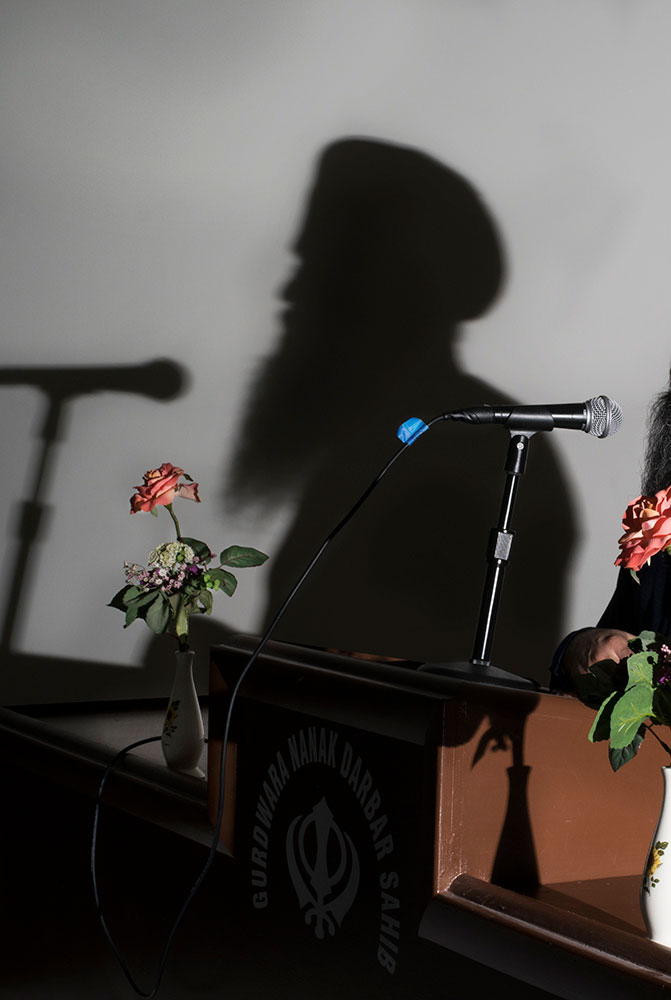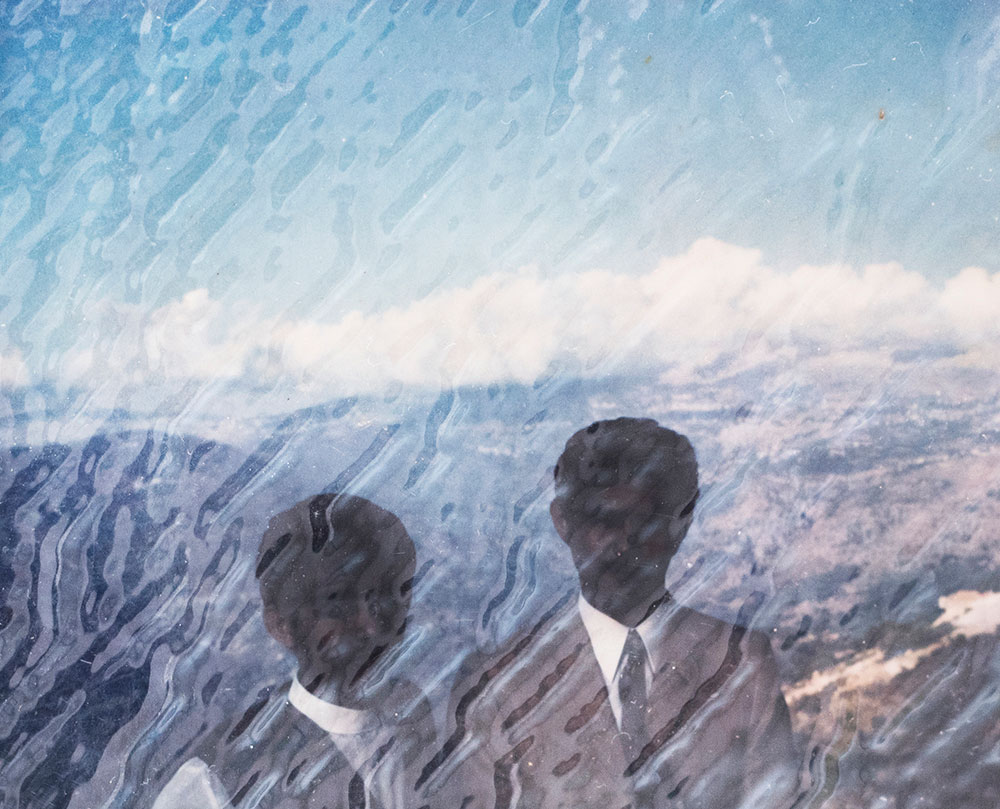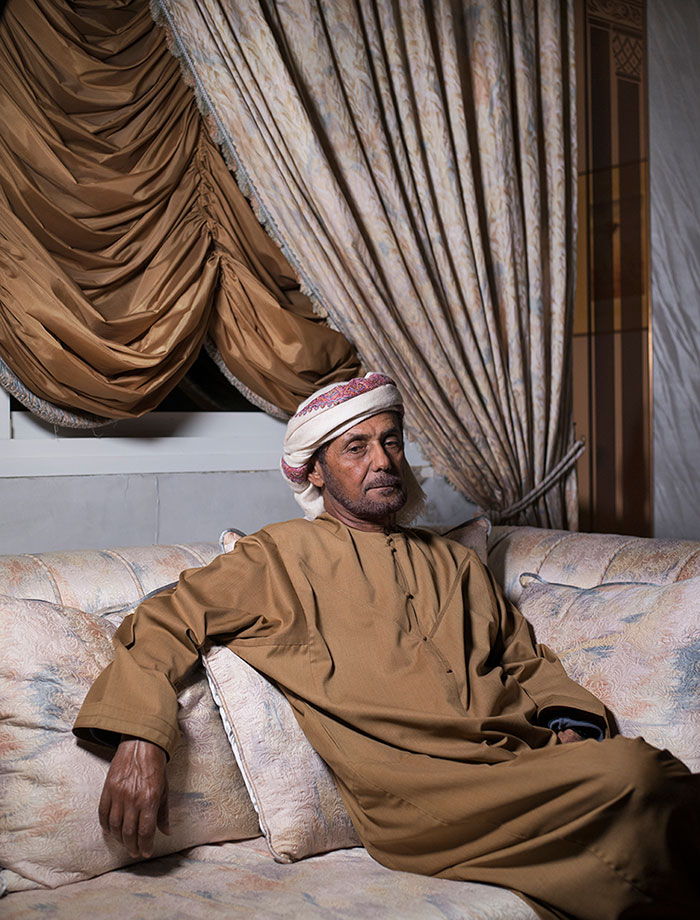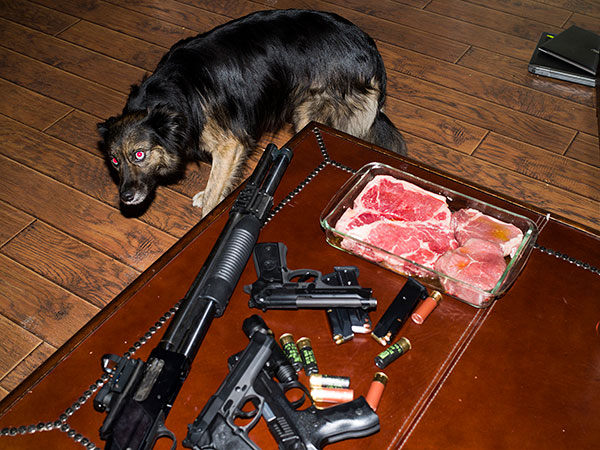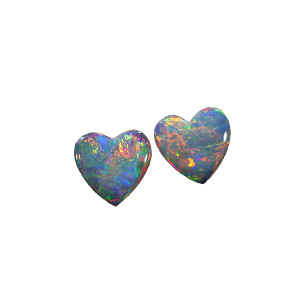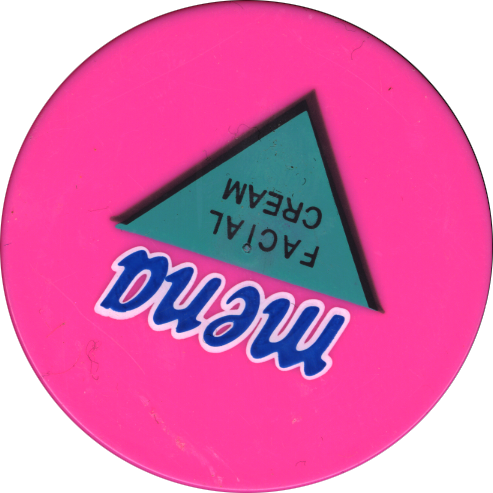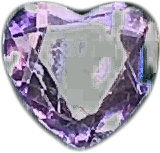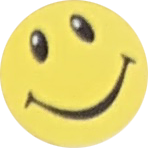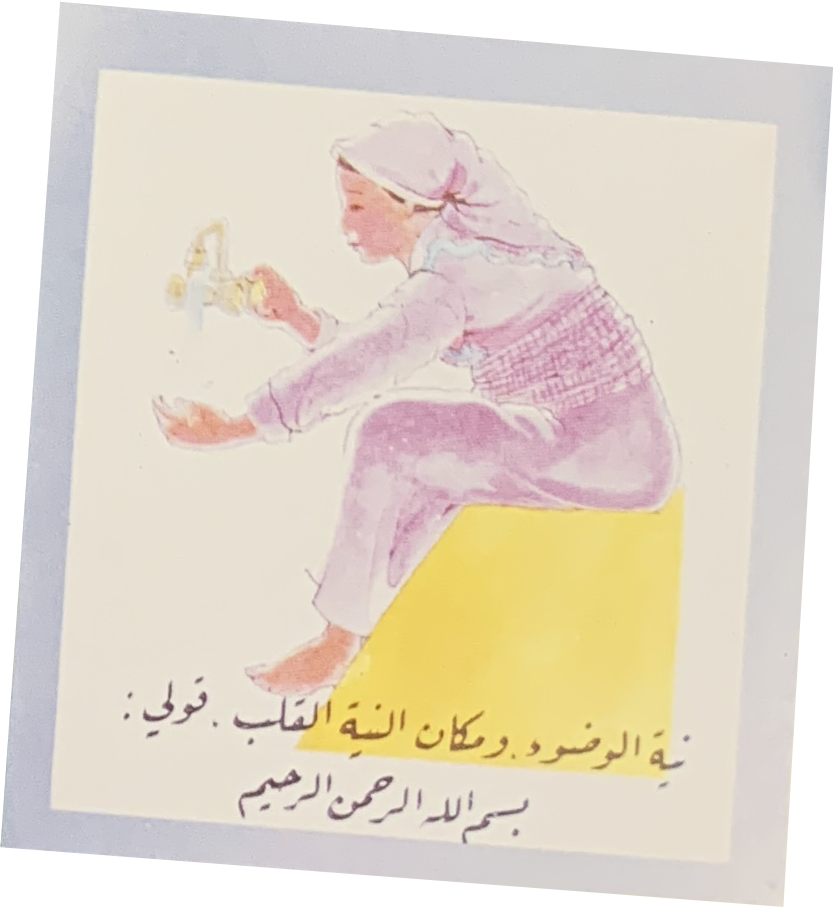More Good News
October 27, 2017 – January 7, 2018
Helena Anrather, New York
Helena Anrather is delighted to announce More Good News, an exhibition of new photography by Farah Al Qasimi. For her first solo presentation in New York, Al Qasimi examines the use of photography for the purposes of shaping perception and delineating identity, with a focus on men in her respective communities in the United Arab Emirates and the United States.
An image’s impressions of power and threat are culturally produced, with its visual codes cueing the viewer’s interpretation. Al Qasimi’s images subvert these assumptions with humor and sympathy, disrupting the signaling that triggers categorization. White linen, a bedroom setting, and a rose soften the appearance of one man; two others touch noses in a formal, but tender, greeting. A soldier, whose uniform suggests force, turns away from the camera for a strange and intimate phone call. Photographs of animals in environments dominated by humans – delicate butterflies, hooded falcons, a cowering dog -- form a counterpoint to these portraits, underlining the importance of context and the vulnerability of the photographer’s subject.
Al Qasimi also includes the equipment and repositories of aesthetic identification, ranging from familial categorization in an album to data collection in a government archive and media depictions of Arab and Southeast Asian men ubiquitous in a post-9/11 cultural landscape. Al Qasimi draws a parallel from these contemporary nodes of aesthetic judgment to classical portraiture, taking cues from Holbein and Dutch Golden Age painting. In several lush portraits, acculturated notions of majesty serve to dignify her subjects.
Her play with the legibility of images and the perception of threat is most pronounced in a portrait rendered only as shadow: a profile taken while on assignment for Bloomberg in Olathe, Kansas, documenting the aftermath of the February shooting of two Indian American men mistaken for Arabs at a local bar. In another work, a vapor cloud shrouds a man’s face, obscuring any obvious narrative and luring the viewer into a probing state, opening the image to interpretation. Cameras create a particular form of encounter – the photographer and the sitter anticipate you, the viewer, to close the circle of the gaze-- and these photographs ask you to look more closely.
Helena Anrather, New York
Helena Anrather is delighted to announce More Good News, an exhibition of new photography by Farah Al Qasimi. For her first solo presentation in New York, Al Qasimi examines the use of photography for the purposes of shaping perception and delineating identity, with a focus on men in her respective communities in the United Arab Emirates and the United States.
An image’s impressions of power and threat are culturally produced, with its visual codes cueing the viewer’s interpretation. Al Qasimi’s images subvert these assumptions with humor and sympathy, disrupting the signaling that triggers categorization. White linen, a bedroom setting, and a rose soften the appearance of one man; two others touch noses in a formal, but tender, greeting. A soldier, whose uniform suggests force, turns away from the camera for a strange and intimate phone call. Photographs of animals in environments dominated by humans – delicate butterflies, hooded falcons, a cowering dog -- form a counterpoint to these portraits, underlining the importance of context and the vulnerability of the photographer’s subject.
Al Qasimi also includes the equipment and repositories of aesthetic identification, ranging from familial categorization in an album to data collection in a government archive and media depictions of Arab and Southeast Asian men ubiquitous in a post-9/11 cultural landscape. Al Qasimi draws a parallel from these contemporary nodes of aesthetic judgment to classical portraiture, taking cues from Holbein and Dutch Golden Age painting. In several lush portraits, acculturated notions of majesty serve to dignify her subjects.
Her play with the legibility of images and the perception of threat is most pronounced in a portrait rendered only as shadow: a profile taken while on assignment for Bloomberg in Olathe, Kansas, documenting the aftermath of the February shooting of two Indian American men mistaken for Arabs at a local bar. In another work, a vapor cloud shrouds a man’s face, obscuring any obvious narrative and luring the viewer into a probing state, opening the image to interpretation. Cameras create a particular form of encounter – the photographer and the sitter anticipate you, the viewer, to close the circle of the gaze-- and these photographs ask you to look more closely.








